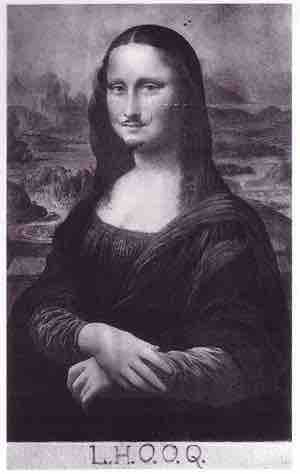While institutions and owners do their best to preserve works of art, it is not uncommon for conflicts to arise due to issues related to ownership, human error, destruction, and appropriation. War, political unrest, accidents, and disaster are the typical outside factors that contribute to preservation conflicts when it comes to works of art.
Ownership conflicts are common, especially during times of unrest, such as war, when there is a higher potential for unethical behavior. Art is often stolen, or looted, during periods of conflict, as well as destroyed. Plunder, appropriation, and spoliation are related terms that describe the process of looting. During World War II, the Nazis looted a lot of European art, much of which was eventually repatriated, or returned to, its rightful owners.
Appropriation is a complex issue in art. The appropriation of Native American iconography, sacred images, and sculptures for commercial use by non-natives has been a source of controversy, contributing to cultural subjugation. The Kachina doll, for example, is a sacred Hopi sculpture that was traditionally meant to be seen only during specific Hopi ritual events. Many commercial replicas have been created to sell to tourists, altering the original intent of the object.
Appropriation has been embraced in certain Western art movements. Dadaist and Surrealist works, for example, typically utilize a great deal of appropriation, as seen in Marcel Duchamp's L.H.O.O.Q.

Marcel Duchamp, L.H.O.O.Q., 1919
L.H.O.O.Q. is an example of appropriation deemed acceptable in art.
A copyright can give the creator of an original work exclusive rights to it, usually for a limited time. However, after that time is up, the work of art might be appropriated and used by others, thereby creating conflict. The internet has further complicated issues surrounding ownership and appropriation, especially in art.